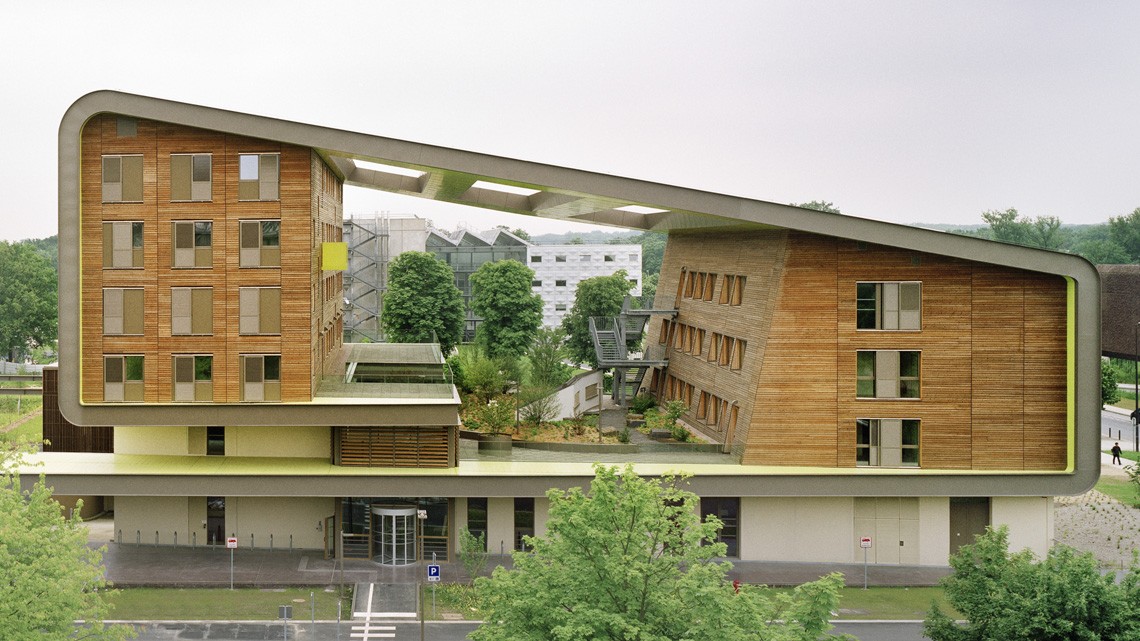Coriolis
By Félix Malfait
Coriolis was a French mathematician mostly known for his work on the eponym effect, which describes an inertial force that acts on objects in motion within a frame of reference that rotates.
For instance, an ice hockey puck thrown across the ring will deviate by a few millimeters due to Earth’s rotation. Similarly, if you drop a rock from the top of the Eiffel Tower in windless conditions, it won’t land directly under its release point.
My engineering school named a building after this alumnus:

During my first year, we had a workshop there with the nearby architecture school, and one of their student explained to me:
“Architects dislike this building because its visible structure doesn’t match the underlying engineering structure. The spiral curve was added during the final construction phase and doesn’t serve any purpose other than being decorative”
This idea often pops up when we think about product development. The best products happen when the engineering infrastructure directly serves the product’s purpose. Take Windows 8, for instance — it tried to slap a tile-based UI onto an older structure that followed a different logic. A misfit. In contrast, iOS started over and built everything anew, maintaining harmony between vision and execution.
If there is beauty and craft in the inside, it will be visible on the outside. And internal sloppiness can’t be concealed.
A common conception is that the role of designers is to abstract away the complexity of engineering systems from users. However, creating a high-quality CRM isn’t about giving old components a fresh coat of paint. For us, design isn’t about hiding complexity with UI. It’s about making that complexity comprehensible.
There is no handover from design to engineering when we design a new feature for Twenty. Instead, we parallel engineering specs with design explorations. Once both tracks have made progress, we confront their work. If design and engineering vision are not aligned, then we go back to the drawing board together to find a common ground. There’s a very unique joy when engineering and design come together to form a cohesive whole.